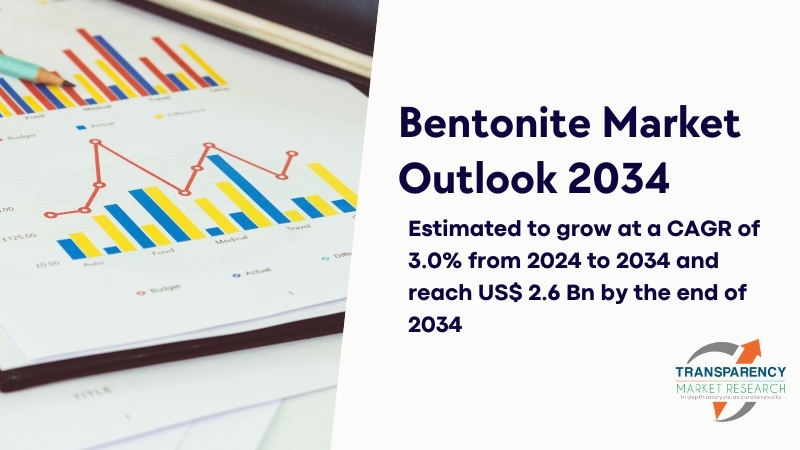
Twin Rivers Paper Co. workers file out onto Bridge Avenue in Madawaska after their shift on May 8, 2014. Shawn Patrick Ouellette/Staff Photographer, file Twin Rivers Paper Co.
has been approved for a $9.5 million state tax credit over 10 years for upgrading machinery and equipment at its Madawaska mill, according to a first-ever state report on the tax credit released Wednesday. The Office of Program Evaluation and Government Accountability said in its long-awaited report to the Legislature that the income tax credit for plant investments between 2019 and 2023 spurred $6.

4 million in economic activity, temporarily supported up to 71 jobs and generated about $430,000 in Maine tax revenue. Most suppliers who benefited were out of state, the report said. The report said the tax incentive’s impact is limited because only Twin Rivers was eligible to claim it.
And it recommended that the Legislature take steps to promote transparency in how companies use state incentives. Twin Rivers in June sought, and received, certification by the Department of Economic and Community Development of qualified investments of $23.7 million between 2019 and 2023, according to the report.
Its total investment was $35 million, but the $11 million difference is a deferred investment that would qualify for Maine’s Paper Manufacturing Credit and will be submitted to the department for certification “when business conditions are right for installation of the equipment,” the report said. A spokeswoman declined to answer questions and said Twin Rivers will respond to the report at a legislative hearing to be scheduled. Maine paper manufacturers may claim a refundable income tax credit of up to $16 million over 10 years for qualifying investments of $40 million.
The annual credit is 4% of the qualifying investment, capped at $1.6 million. The report was presented to the Government Oversight Committee nearly three months after it was to be initially released.
It was pulled from consideration because of a discrepancy between what Twin Rivers was eligible for and what the state said it should receive. The manufacturer did not include $11.3 million for equipment in its possession, but not in operation, which was a requirement to be eligible for the tax credit.
MEANT TO REVITALIZE PAPERMAKING The credit was enacted in 2021 to provide incentives to revitalize paper manufacturing in counties with high unemployment. From 2000 to 2020, average employment in pulp and paper mills dropped by 72% in Maine and 51% in the U.S.
, according to the report. Still, Maine had the highest concentration of private-sector employment in pulp and paper mills of any U.S.
state: nearly 1%, according to the report. The national average is 0.1%.
Maine’s experience with tax credits for paper mills hasn’t always gone well. Press Herald reporting prompted lawmakers in 2015 to investigate how a state tax credit program was used to develop an investment deal in the Great Northern Paper mill that didn’t directly benefit the mill or its workers but cost taxpayers $16 million. The plant later shut.
The report cited five other paper mills in Maine, but only Twin Rivers meets all of the requirements for the credit. The opportunity to claim the credit ended Dec. 31, 2023, and no other investment can qualify “even if another paper manufacturer were able to meet the credit’s statutory requirements in the future,” the report said.
IMPACT IS UNCLEAR Twin Rivers’ Madawaska mill has four paper machines and employed 471 workers at the end of 2023, with 94.5% Aroostook County residents, the report said. The remainder are residents of neighboring New Brunswick, Canada.
Companies seeking the tax credit must have at least 400 qualified employees, with at least 75% earning a minimum of 115% of the per capita personal income in the county. Qualified employees must be full time, based at a paper manufacturing facility and have access to health insurance and a retirement plan. Businesses must intend to make a qualified investment within two years of the application to modernize or improve a paper manufacturing facility.
The report said Twin Rivers has met the law’s job retention and investment minimums, but it’s unclear how the tax credit affected the “timing, magnitude or nature of the company’s employment and investment decisions.” OPEGA recommended that lawmakers consider ways to increase transparency in incentives. “Assessing the impact of incentives on behavior is difficult because many factors influence business decisions, and the relative importance of these factors may not be visible from outside the company,” it said.
It’s unknown how much the Paper Manufacturing Credit influenced the nature or size of the investment “and hence its economic ripple effects,” the report said. “Additionally, OPEGA notes that single-entity tax credits may not be the most efficient or effective tools for directing incentives to specific businesses or projects in the state,” it said. IMPROVING TRANSPARENCY Sen.
Rick Bennett, R-Oxford, said at the committee meeting that industry competitiveness “obviously involves a lot more things than tax policy” and also factors in energy costs and other business expenses. “I just worry it might be missing the, forgive the pun, the forest for the trees because there could be other ways beside tax policy this money could be expended,” he said. Twin Rivers reported that about 29%, or nearly $10 million of the total $35 million qualifying investment, was paid to Maine suppliers.
The tax credit does not require preference for in-state vendors, but qualifying investments to Maine suppliers have “repercussions for the economic ripple effects that might flow outward from the paper manufacturing facility to the regional and state economy,” OPEGA said. The office recommended that an assessment upfront of the overall package being used by a business when it applies for a credit could improve transparency. The state also could consider moving toward standard online reporting for some, or all, incentives.
Separately, Twin Rivers was fined $250,000 in New Brunswick Provincial Court on May 30 after pleading guilty to one charge of “contravening” Canada’s Fisheries Act by allowing pulp and paper process water, known as groundwood white water, to be emptied in the Madawaska River, according to a Canadian government agency. We invite you to add your comments. We encourage a thoughtful exchange of ideas and information on this website.
By joining the conversation, you are agreeing to our commenting policy and terms of use . More information is found on our FAQs . You can modify your screen name here .
Comments are managed by our staff during regular business hours Monday through Friday as well as limited hours on Saturday and Sunday. Comments held for moderation outside of those hours may take longer to approve. Please sign into your Press Herald account to participate in conversations below.
If you do not have an account, you can register or subscribe . Questions? Please see our FAQs . Your commenting screen name has been updated.
Send questions/comments to the editors..














